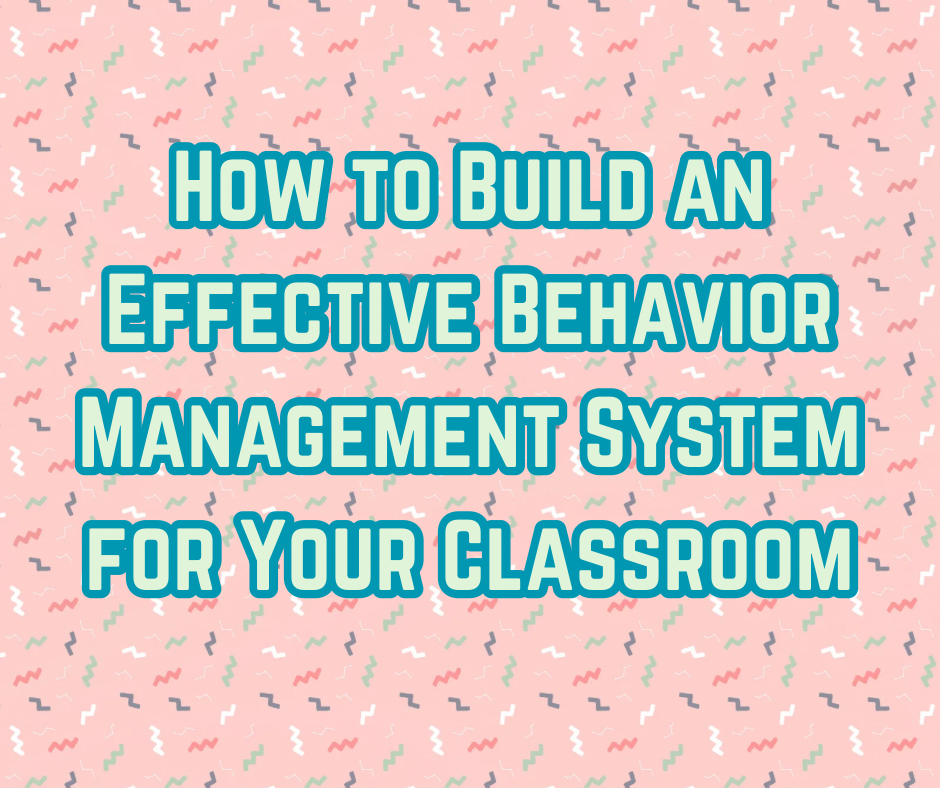
Stronger Together: Building Communication & Family Engagement Systems That Work

Structure Over Stress: Building a Student Behavior Management System That Works

Morning Work, Warm-Ups, & Bellringers: Building a Strong Start for Every Grade Level
We all know that the first few minutes of class are golden. They can either invite focus or invite chaos. That's where a solid morning routine system comes in.
Let’s break it down by grade level and talk about how to implement an effective routine that builds structure, reinforces learning, and sets the tone for success.

